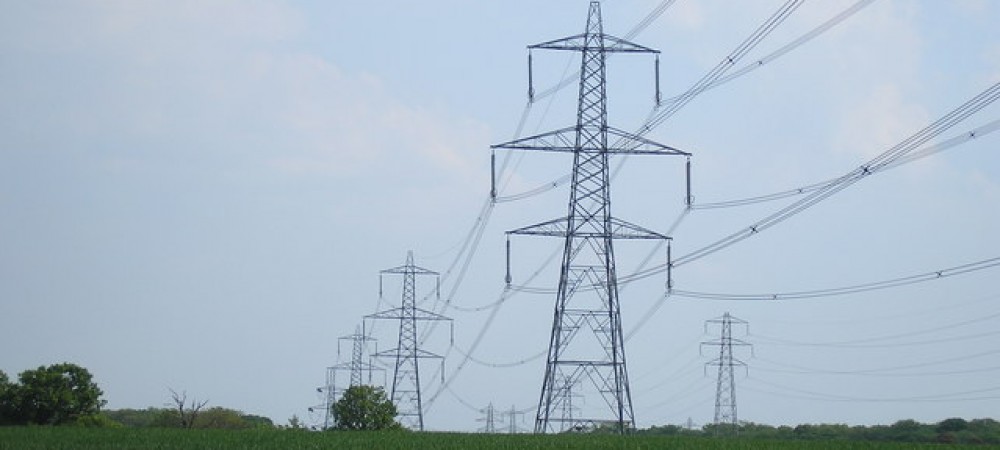Note: This article was revised on 8/7/15.
The best system for a post-Pulse world – solar photoelectric – would be destroyed by an EMP weapon. The high frequency E1 wave would burn out the solar panels, the inverter, and the charge controller. The E3 wave (which is equivalent to that generated by a geomagnetic storm) might damage some of these components as well, if the system is tied into the grid as most systems are. This means that the components of a photoelectric system should be protected in a Faraday Cage until after the Pulse, then brought out and assembled. The wiring, batteries, and panel support system can be put into place ahead of time to minimize later assembly work. The batteries can handle the Pulse, but since they might be sitting around unused for years, they should be purchased dry, if possible. The sulfuric acid should be added only when the system is assembled. Otherwise, the batteries will go bad in a few years even if they are unused. (I was unable to find dry batteries for my own system and ended up using a trickle charge to extend battery life)
The best rainy-day backup for the photoelectric system, and one that can be activated quickly, is a propane-fueled electric generator. Propane, unlike gasoline and even diesel fuel, can be stored indefinitely without going bad. Modern fixed generator sets are controlled by microelectronics, and so most fixed residential generators would have to be encased in a Faraday Cage, with no penetrations (power out cord and propane tubing would have to be by a quick connect pigtail folded inside the cage). Most of these generators are started by a battery which is normally kept charged by a connection to the grid. This means the generator has to occasionally be connected to the grid, or it has to be periodically run such that part of its output is directed back to the unit to recharge the battery.
Portable generators are much less expensive than fixed generators, can be started by hand, and have fewer EMP-sensitive components. It is cheap to buy backup rectifiers, diodes, and voltage regulators and store them in Faraday bags. If you happen to have a room outfitted as a Faraday cage, you can even store a portable generator in the room and roll it out when you need it. Or, you can wrap foil around the box it comes in (to shield it from EMP) and add oil and wheels after an EMP event. I bought a 7kw portable dual fuel (propane/gasoline) generator from Costco for $650. A Kohler fixed residential generator that size costs thousands of dollars (a backup replacement part for the Kohler digital controller alone costs $600).
Generators are noisy, and the high rpm ones don’t last too long. Though propane doesn’t degrade, there is no guarantee that you will be able to find more when your tank runs dry. For these reasons, the photoelectric system is the more important one. Still, portable generators are relatively cheap, and if they are run just an hour at a time to pump water and recharge batteries, they can be valuable.
During the pre-Pulse period be glad you can tap any amount of power at any time by simply connecting to your local electrical grid. But put in a transfer switch and an alternative system if you want to be prepared for hard times.
